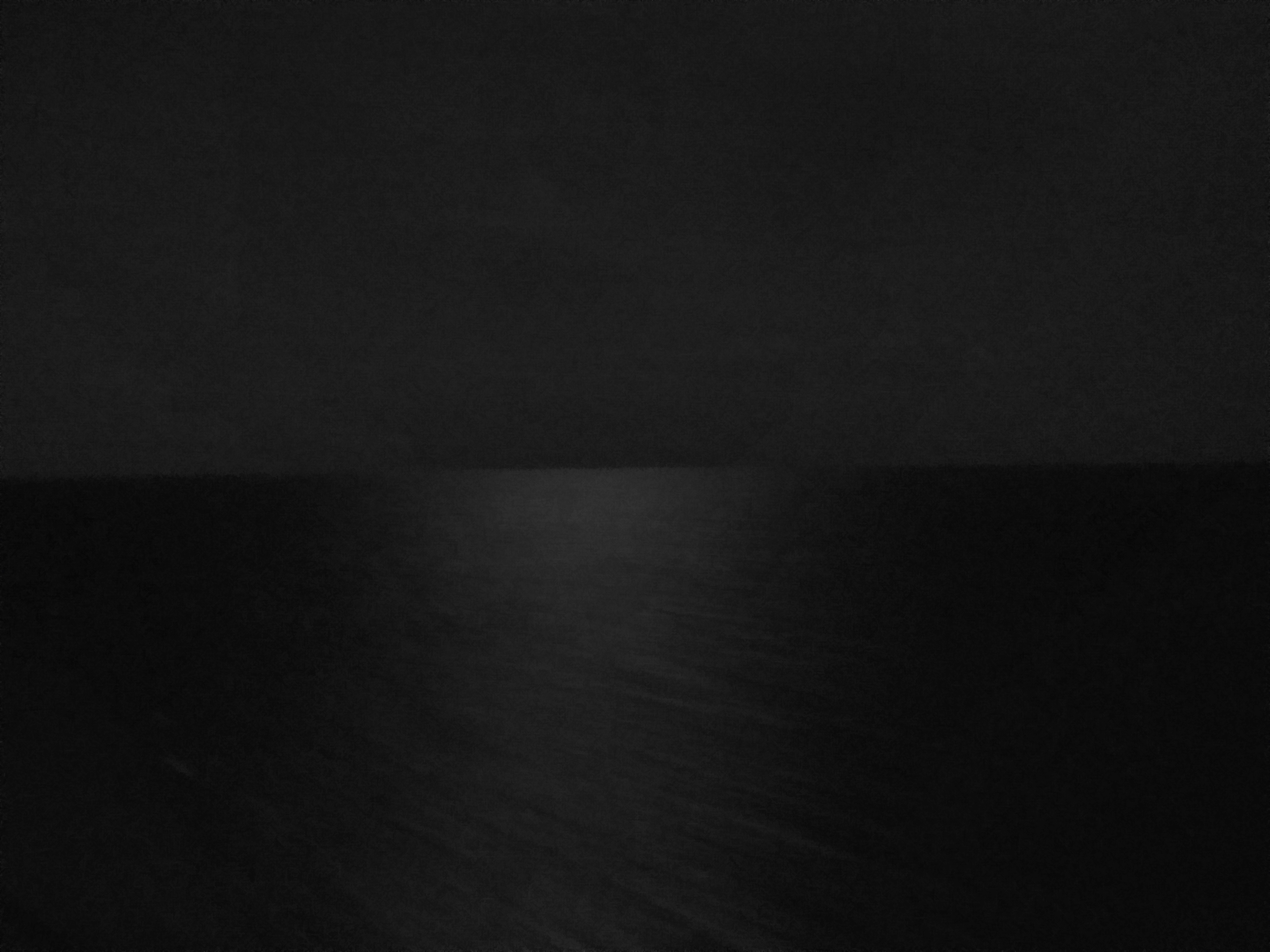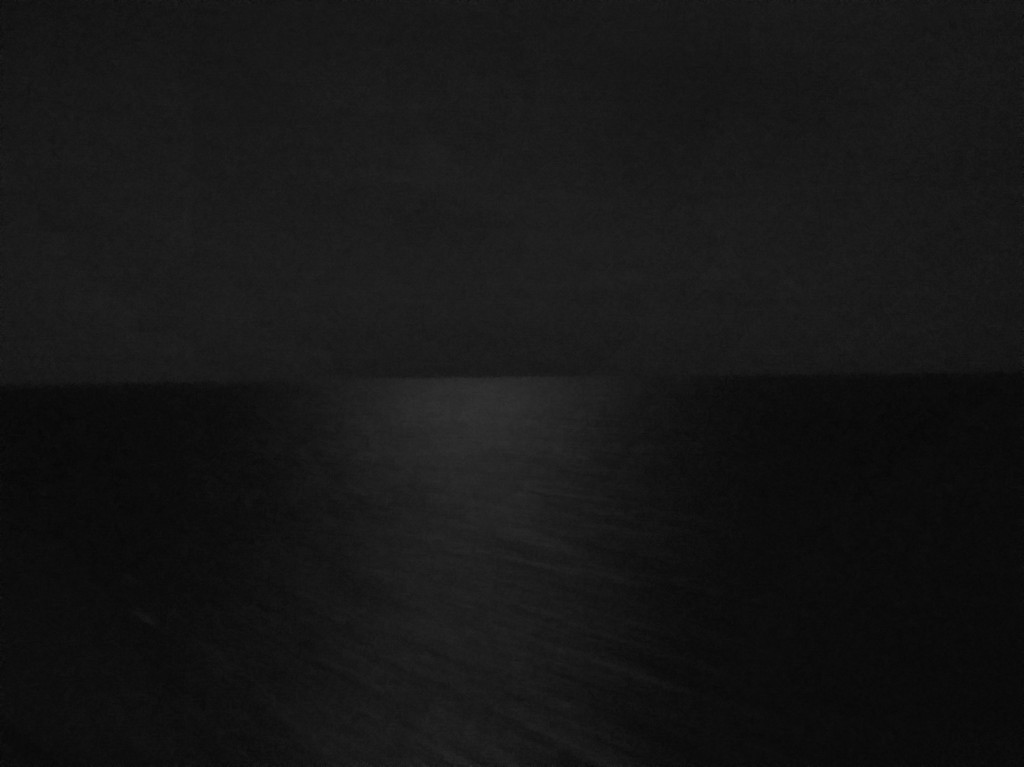Here is the complete series: 1, 2, 3a, 3b, 4, 5, 6.
Last Sunday was our second class on “God with Us: Being the Temple for the World.”
(Because not everyone at Life on the Vine is able to made the class, and perhaps others on the inter-webs might be interested, so I’m trying to write up quick summaries of each class.)
After reviewing what we are doing in the class we jumped into a discussion of Genesis One.
Material or Functional Beginnings?
At the beginning of The Little Mermaid, Ariel comes to the Scuttle the seagull asking about certain human artifacts that she has collected. She pulls out a fork and asks what it is?
What kind of answer does Scuttle give her? Does he give her a material answer? Does he say, “This is a silver-copper alloy, weighing about 17 ounces and a length of 4 inches and consisting of 3 tines (the pointy parts”? No, that is not what he says. And not what we would expect him to say.
Rather, he calls it a “Dinglehopper” and claims that you use it to comb your hair.
Scuttle gives a functional answer, not a material one.
Old Testament scholar, John Walton, in The Lost World of Genesis One, discusses how the ancient world always thought in terms of functional origins (what is something’s purpose) rather than the modern understanding of material origins (what is something’s properties).
When we focus on material origins in scientific worldview we often lose the purpose (or telos) of a thing. And when it comes to the cosmos this leads to a deistic view of God (that God distant and merely fashioned everything and then let it be).
But when we think of functional origin then we can wonder about the purpose of it all (but this is getting ahead of ourselves).
Functions and Functionaries
Turning to Genesis 1:2 we read that the world was “was formless and empty.” Walton says that this is not primarily a material formlessness, but a functional purposelessness. The world was unproductive and lacking structure.
Turning to the rest of Genesis 1 (the six days), we see God creating Functions and Functionaries (or God is Forming and Filling).
Days 1-3: Functions/Forming
Day 1 = Time (light and dark)
Day 2 = Weather (separation of waters)
Day 3 = Food (vegetation)
Days 4-6: Functionaries/Filling
Day 4 = Sun/Moon/Stars
Day 5 = Creatures of the sea/air
Day 6 = Creature of the land/human
After this we talked for a bit about how all this changes the different emphases that we often gravitate toward when reading Genesis one (but I don’t have space to add all of that here).
But, for what purpose?
God, then, was forming and filling the cosmos so as to bring function to the everything. But what exactly is this purpose?
We find it on the seventh day, the day of rest, but not in the way we usually think. But that is for next week (HINT: It has to do with “temple” and God’s “presence”).



5 replies on “BEING THE TEMPLE FOR THE WORLD #2”
[…] Last time we talked about a different way to think about God creating in Genesis One by looking at the functions of created things rather than their materials. We ended with the questions, “If creation has a function, then what is its overall purpose?” I hinted that “Day Seven” held the key to this in regard to Divine Rest. […]
[…] is the complete series: 1, 2, 3a, 3b, 4, 5, […]
[…] is the complete series: 1, 2, 3a, 3b, 4, 5, […]
[…] is the complete series: 1, 2, 3a, 3b, 4, 5, […]
[…] is the complete series: 1, 2, 3a, 3b, 4, 5, […]